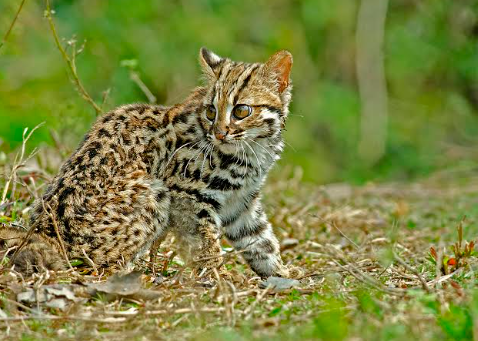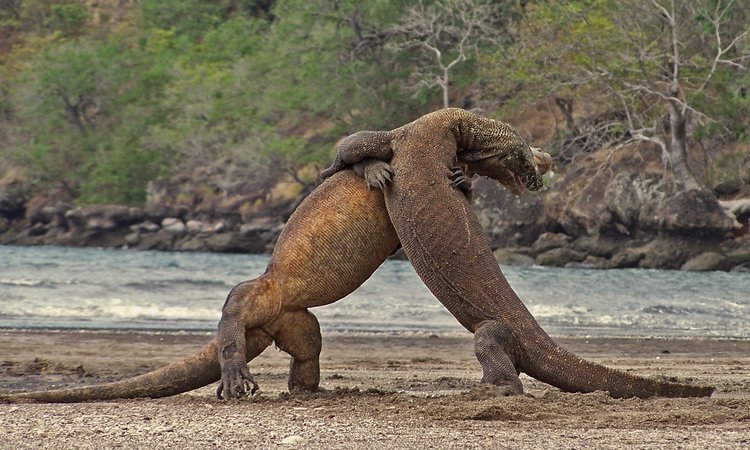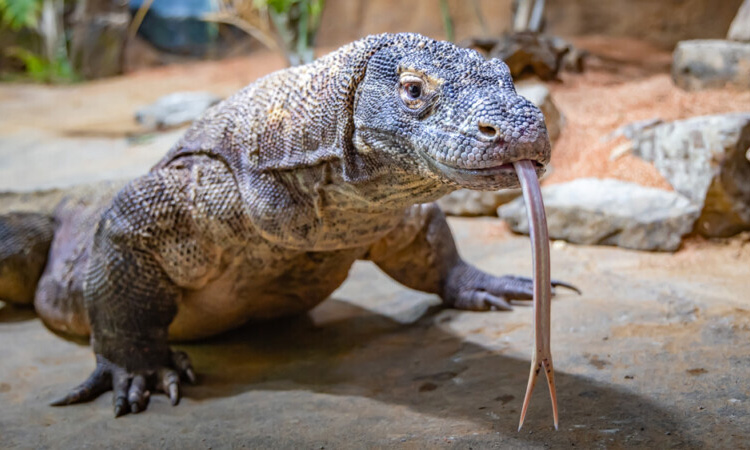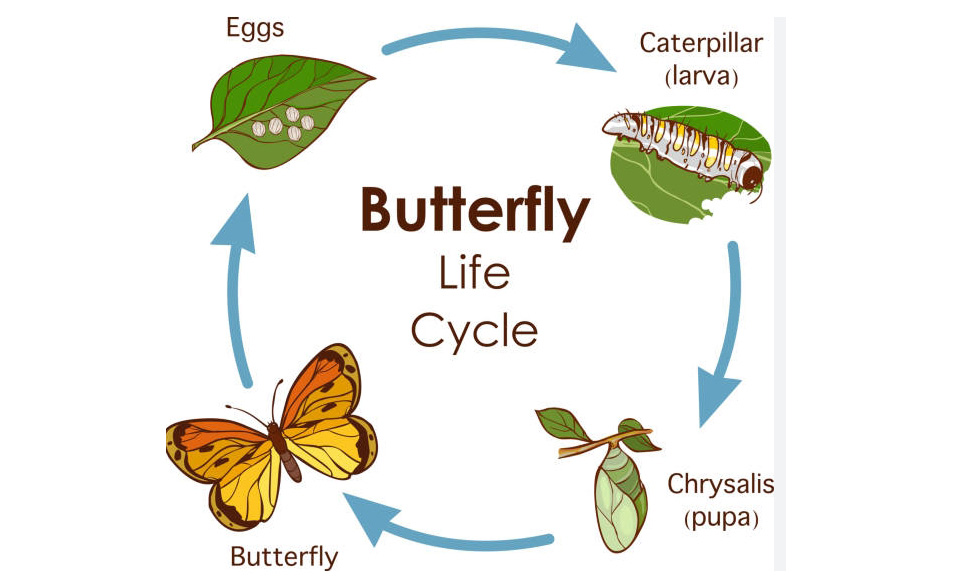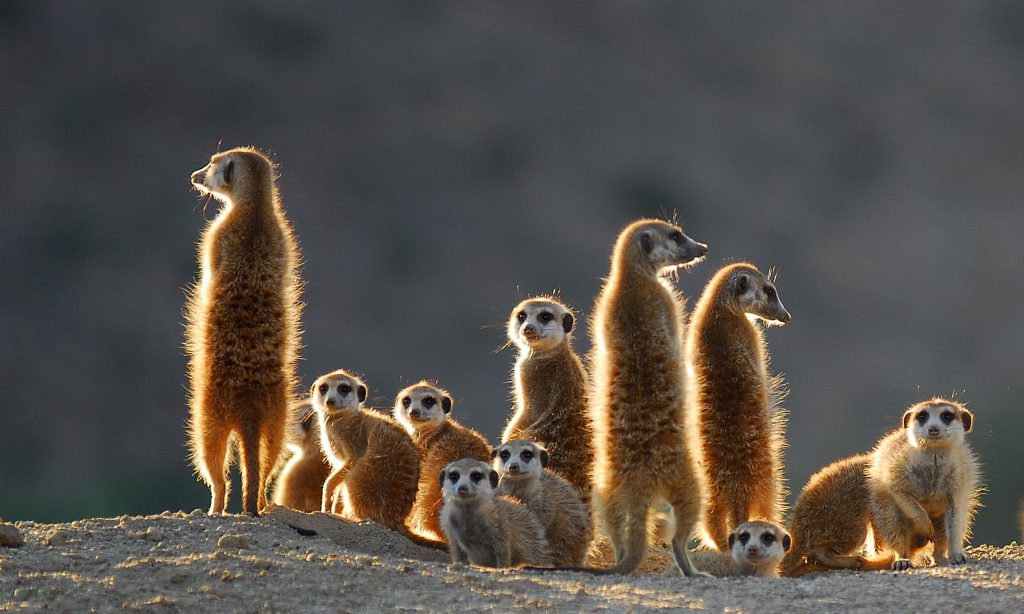Leopard Cat: A Fascinating Feline
The leopard cat is a small wild cat that is not only striking in appearance but also plays a critical role in its ecosystem. Found throughout Asia, this agile hunter has intrigued wildlife enthusiasts and researchers alike. Understanding this captivating species can help us appreciate the diversity of wildlife and the importance of conservation efforts.
Habitat and Distribution
Leopard cats are native to a wide range that includes Southeast Asia, parts of China, and even the Indian subcontinent. These adaptable felines thrive in varying environments, from dense forests and grasslands to more urban settings. Their ability to adjust to different habitats is a testament to their resilience, but this also puts them at risk due to habitat loss from development and agriculture. Conservationists are working to protect their habitats and ensure that these beautiful creatures continue to thrive in the wild.
Physical Characteristics
One of the most striking features of the leopard cat is its coat, which resembles that of a leopard with its unique spots and markings. Adult leopard cats typically weigh between 5 to 11 pounds and measure around 18 to 35 inches in length. Their size makes them agile climbers and excellent hunters. With sharp eyesight and acute hearing, they are predominantly nocturnal, allowing them to catch prey like rodents, birds, and insects under the cover of darkness. Their physical prowess makes them not just beautiful but also highly skilled in their role as predators.
Behavior and Diet
Leopard cats are solitary animals, preferring to roam alone in search of food. They are known for their stealthy hunting techniques, often stalking their prey before launching an attack. Their diet mainly consists of small mammals, birds, and reptiles, making them important for controlling animal populations. However, their adaptability also means they can scavenge when food is scarce. While they are generally elusive and shy around humans, they are also known to exhibit playful behavior, especially during their early life stages.
In conclusion, the leopard cat is a remarkable species that showcases the beauty and complexity of nature. As we learn more about their habits and habitats, we can better appreciate the importance of preserving their environment. If you’re fascinated by this incredible feline, consider supporting conservation efforts or visiting wildlife reserves to witness these extraordinary creatures in their natural setting. Every little effort counts in ensuring the survival of species like the leopard cat.
